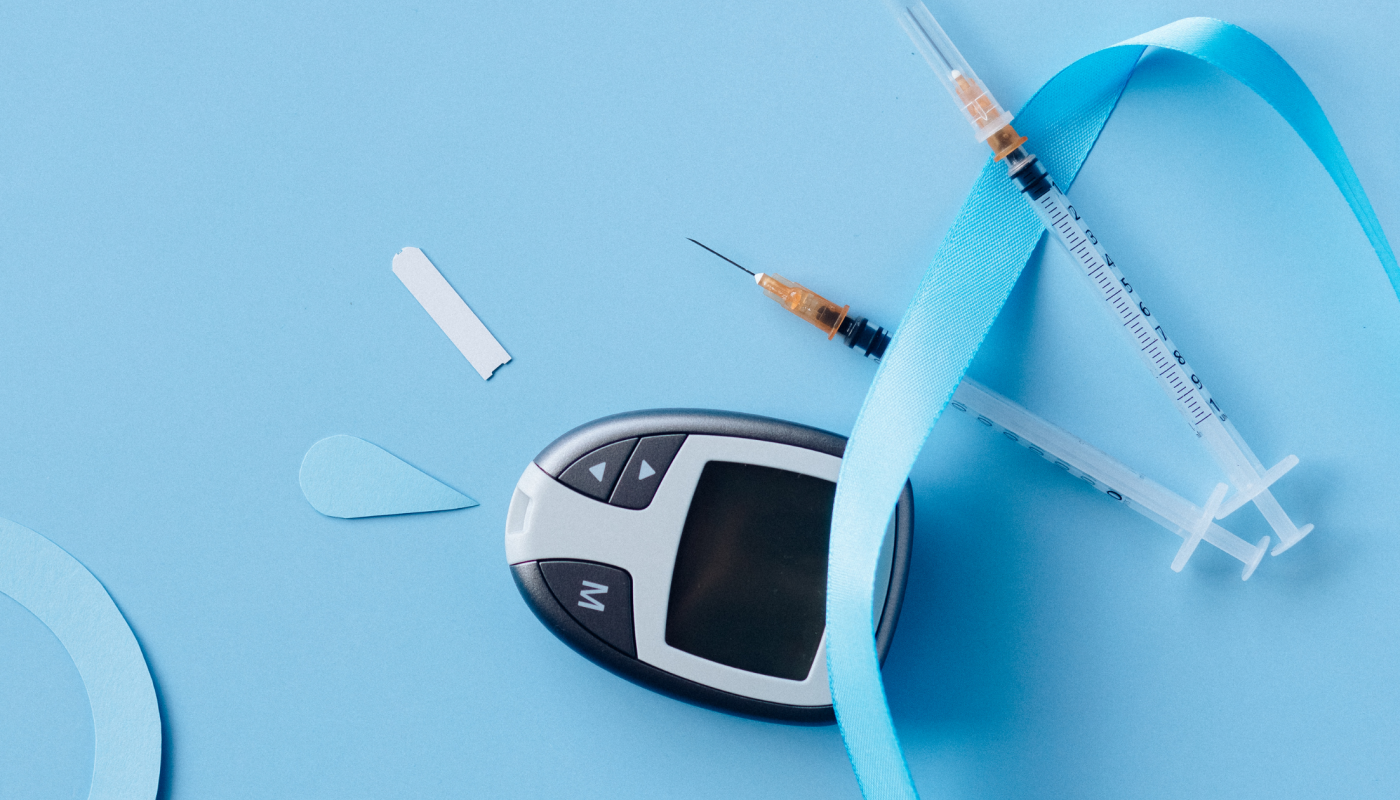Introduction
In an average person, the blood sugar level is usually maintained in the 80-140 mg/dl range in fasting and postprandial (after meal) conditions. Diabetes is a pathological condition that occurs when the sugar level in the blood increases greater than the normal tolerable limits. When you eat food, the sugar level in the blood rises to a higher level due to the metabolism of the food. Glucose is produced due to the carbohydrates being broken down, causing the blood sugar level to rise after eating food. The body in this condition releases the hormone Insulin to remove the excess glucose from the blood and store them in the tissue in the form of complex sugar like glycogen. This glycogen can be used when needed to release glucose, which is a ready source of energy. Insulin is secreted by the beta cells of the islets of Langerhans of the pancreas in the human system. In persons suffering from Diabetes mellitus, the hormone Insulin is lacking in their system. Even if Insulin is present, it cannot bind with the glucose molecules due to certain abnormalities and initiate the cascade of reactions necessary to remove the glucose molecules from the blood. Both cases lead to a rise in blood sugar levels beyond the normal. Therefore, it becomes important to follow a routine that will focus on reducing the blood sugar level.
Sugar levels greater than 180mg/dl are considered high, and the person is termed hyperglycemic. This condition might increase manifold if untreated or unnoticed, leading to fatality. Hence, to understand how to reduce blood sugar levels, the blood sugar profile must be kept under regular check-ups, especially for those with familial history or prediabetic persons.
Type 2 Diabetes mellitus, also known as Maturity Onset Diabetes mellitus, is often termed a lifestyle disease. People with stress and lifestyle imbalance and smokers suffer from this condition at an early age. This occurs when Insulin is produced in the system, but this Insulin is unable to bind with the receptors and initiate the following reactions. Once the sugar level in the blood goes up beyond 180 mg/dl, it becomes necessary to visit the physician and start medications to keep the blood sugar levels under control. In extreme cases, when blood sugar level goes beyond 300-400mg/dl, the person may be put under insulin therapy.postprandial blood sugar
But in the case of Type 1 Diabetes Mellitus, also known as Juvenile Diabetes Insulin, therapy has to be started at a very early age as Insulin is not produced in the system due to an autoimmune disorder. There is a destruction of the beta cells, and no insulin is produced in the system.
How to reduce blood sugar levels in Type 2 Diabetes Mellitus patients?
- Maintaining a healthy lifestyle with adequate sleep, exercising regularly, quitting smoking and alcohol, and eating a well-balanced diet.
- It is necessary to have a low carbohydrate diet. This is because carbohydrates present in food are a ready source of glucose, which increases sugar levels in the blood after metabolism. Hence, it is essential to maintain a low-carb, protein-rich diet to bring down the blood sugar level.
- Several studies have shown that it is essential to include foods with a low Glycemic index, i.e., below 55. These foods help to decrease the fasting blood sugar level. Examples of such food items are:
- Meat
- Fish
- Leafy Vegetables
- Pods and Legumes
- Vegetables
- It is important to eat food rich in dietary fibres. Dietary fibres are of two types: soluble and insoluble. Soluble fibres have been found to decrease sugar levels in the blood. The following food items are rich in soluble fibres:
- Grains
- Fruits
- Leafy Vegetables
- Leguminous Fruits
Consumption of the food items mentioned above will make a person aware of how to reduce blood sugar levels and how to plan their diet.
- Studies have revealed that white-coloured food items, like white rice, pasta, flour, and bread, are rich in carbohydrates and have a low fibre content. Hence, all these foods should be restricted and replaced with fibre-rich foods. This will help decrease blood sugar levels and keep cholesterol under check.
- It is important to avoid fast food, processed food, and junk food in all forms. All these foods are rich in carbohydrates and readily increase the blood sugar level.
- Stress Management is another means to keep sugar levels under control. It has been observed that lack of sleep, irregular sleep patterns, and excessive stress lead to the release of stress hormones that play a role in increasing the sugar level in the blood. Hence, maintaining a proper work-life balance, reducing stress, eating healthy, and getting proper sleep are essential to keep blood sugar levels under control.
- Any item containing excessive sugar, like syrups, honey, raisins, dry fruits, potato, and fruits, like mango, banana, custard apple, and chiku, should be avoided to keep sugar levels in the blood under check.
Following the ways mentioned above, one can significantly improve a hyperglycemic person’s blood sugar levels and understand how to reduce blood sugar levels. But it must be noted that advice from a physician and medication is also essential if the sugar levels go beyond control. Acute diabetes can affect the major organs of the body, like kidneys, eyes, tissues, and skin, and hinder the performance of other vital organs. Therefore, it is essential to be alert and aware of the blood sugar levels through regular monitoring and check-ups of sugar levels.




